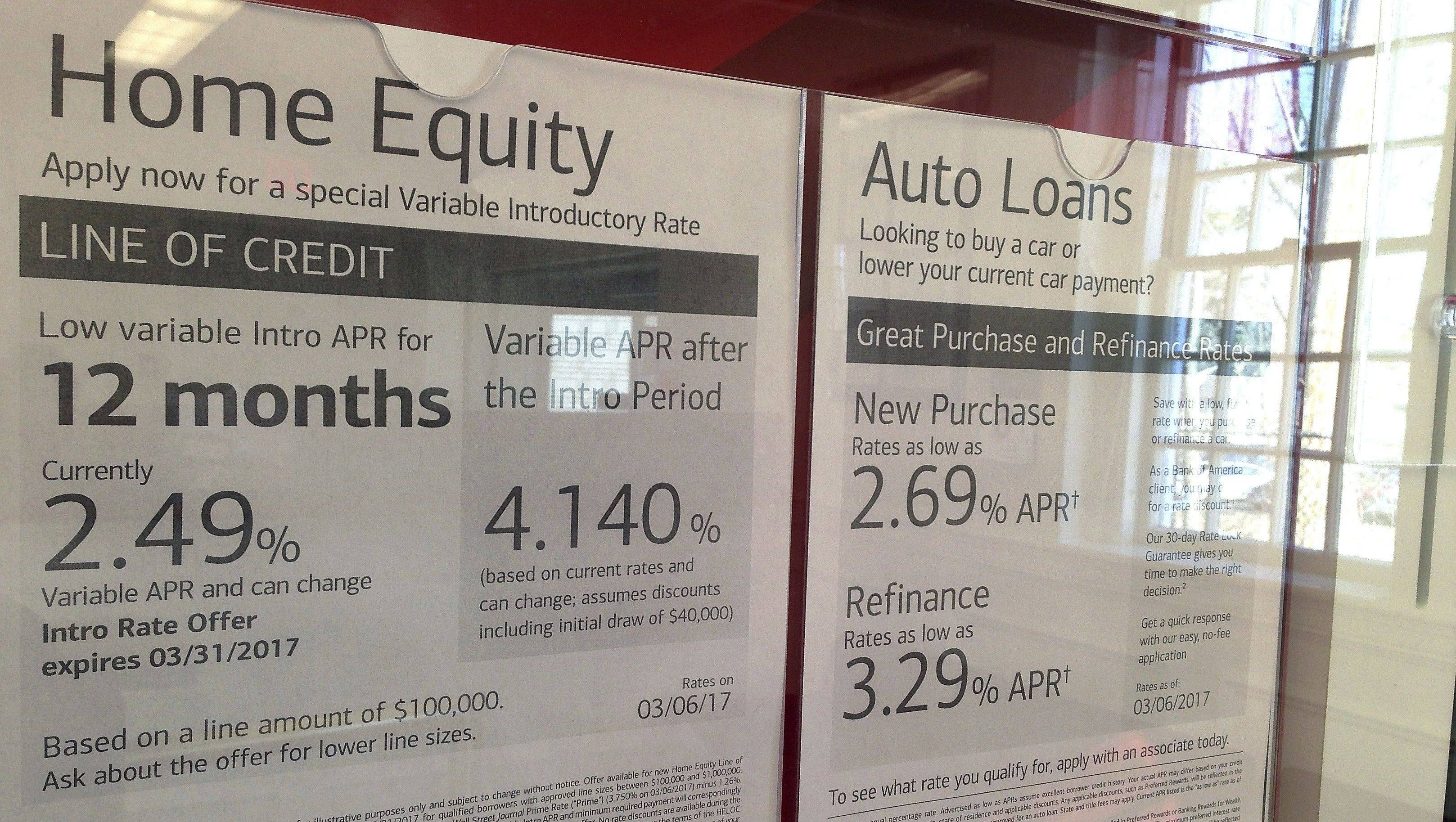
A debt-to-income ratio (DTI) calculator is a useful tool that can help you determine whether you qualify for a mortgage. This calculator is also useful to find out more about debt consolidation options and other debt relief alternatives before you apply for a loan. The DTI calculator works by comparing your monthly debt and income.
Calculate your debt-to-income ratio
The DTI (debt-to-income ratio) is an important tool for assessing your financial health. It allows you to assess your financial health and determine if you have the cash you need to pay off your debts. This ratio is calculated by subtracting your monthly debt payments from your gross monthly income. The DTI does NOT include other expenses such as food or utilities.
First, make a list listing all of your monthly debt obligations. This includes minimum rent/mortgage and credit card payments. Also, note down any student loan payments and minimum credit card payments. After you have compiled a list, divide your total debt by your gross monthly income. You will get a 47% ratio if your total debts to income is $150,000 for a homeowner and $2600 for a car loan.
Learn more about debt consolidation
A debt consolidation loan can be a great tool to consolidate debt. This will allow you to make smaller monthly payment and spread the repayment time. It also allows you to reduce the stress that comes with meeting monthly end-meetings. Prior to applying for a loan, it is important that you lower your debt. By reducing your debt ratio and making it easier to pay your creditors, a debt consolidation loan is able to help.

The ability to calculate your monthly debt consolidation payments and the amount of money you will need to consolidate it is possible with a debt consolidation calculator. This calculator will help to determine the best plan for your needs. You should start by making a list of all your debt, including credit cards, auto loans, home equity loans, homeowners association fees, property taxes, and other expenses.
Find out if a mortgage is right for you
If you are thinking about getting a mortgage, it is important to calculate your debt-to-income ratio (DTI). DTI equals your monthly debt payments divided by the total income. This ratio is used by lenders for determining your borrowing capacity. A low DTI can mean that you are more likely be to repay the loan. A high DTI could mean that you aren’t a suitable candidate for a mortgage loan.
Different loan programs have different DTI rates limits. For a mortgage loan, most lenders will accept a DTI ratio less than 36%. Some lenders will approve borrowers with higher DTIs, but they may be more flexible.
You might also consider other debt relief options before you apply for a Loan
Consider other options before you apply for a loan. You may be eligible for debt relief programs, which allow you to reduce your payments and get your creditors to accept less than you owe. These programs won't work for everyone but can improve your financial position. To be eligible, your debt must have had a significant impact on your life.
One way to resolve the problem is to contact your creditors. Some creditors have proprietary programs that may allow you to get a lower interest rate or even reduce the amount of money you owe. Your creditors may also allow you to negotiate for a longer payment schedule. However, credit risk is possible.

Check to see if you can afford a house with a higher ratio of dti
Lenders consider your debt to income ratio (DTI), in order to determine if you can afford a loan. Generally, a low DTI indicates less debt relative to your monthly income. This means that you will have more money to spend on other things. A high DTI will make it less likely that lenders approve you. Luckily, there are ways to lower your DTI.
To lower your DTI, you must pay off any existing debt. Lenders won’t count your installment debts in your DTI even if you have paid them off or have less than a month to pay. When you are looking at a new home, it is wise to not make large purchases with credit cards.
FAQ
What is a Reverse Mortgage?
A reverse mortgage lets you borrow money directly from your home. You can draw money from your home equity, while you live in the property. There are two types to choose from: government-insured or conventional. A conventional reverse mortgage requires that you repay the entire amount borrowed, plus an origination fee. FHA insurance will cover the repayment.
What should you look out for when investing in real-estate?
You must first ensure you have enough funds to invest in property. If you don’t have the money to invest in real estate, you can borrow money from a bank. It is also important to ensure that you do not get into debt. You may find yourself in defaulting on your loan.
You must also be clear about how much you have to spend on your investment property each monthly. This amount should cover all costs associated with the property, such as mortgage payments and insurance.
You must also ensure that your investment property is secure. You would be better off if you moved to another area while looking at properties.
How long will it take to sell my house
It depends on many factors including the condition and number of homes similar to yours that are currently for sale, the overall demand in your local area for homes, the housing market conditions, the local housing market, and others. It can take anywhere from 7 to 90 days, depending on the factors.
What are the pros and cons of a fixed-rate loan?
With a fixed-rate mortgage, you lock in the interest rate for the life of the loan. This ensures that you don't have to worry if interest rates rise. Fixed-rate loan payments have lower interest rates because they are fixed for a certain term.
Statistics
- This seems to be a more popular trend as the U.S. Census Bureau reports the homeownership rate was around 65% last year. (fortunebuilders.com)
- The FHA sets its desirable debt-to-income ratio at 43%. (fortunebuilders.com)
- Based on your credit scores and other financial details, your lender offers you a 3.5% interest rate on loan. (investopedia.com)
- Some experts hypothesize that rates will hit five percent by the second half of 2018, but there has been no official confirmation one way or the other. (fortunebuilders.com)
- When it came to buying a home in 2015, experts predicted that mortgage rates would surpass five percent, yet interest rates remained below four percent. (fortunebuilders.com)
External Links
How To
How to find an apartment?
The first step in moving to a new location is to find an apartment. This involves planning and research. This includes researching the neighborhood, reviewing reviews, and making phone call. There are many ways to do this, but some are easier than others. Before renting an apartment, it is important to consider the following.
-
Online and offline data are both required for researching neighborhoods. Online resources include Yelp. Zillow. Trulia. Realtor.com. Local newspapers, real estate agents and landlords are all offline sources.
-
See reviews about the place you are interested in moving to. Yelp. TripAdvisor. Amazon.com all have detailed reviews on houses and apartments. You might also be able to read local newspaper articles or visit your local library.
-
For more information, make phone calls and speak with people who have lived in the area. Ask them what they liked and didn't like about the place. Ask for their recommendations for places to live.
-
Check out the rent prices for the areas that interest you. If you are concerned about how much you will spend on food, you might want to rent somewhere cheaper. If you are looking to spend a lot on entertainment, then consider moving to a more expensive area.
-
Find out information about the apartment block you would like to move into. It's size, for example. How much does it cost? Is the facility pet-friendly? What amenities does it offer? Is it possible to park close by? Do tenants have to follow any rules?